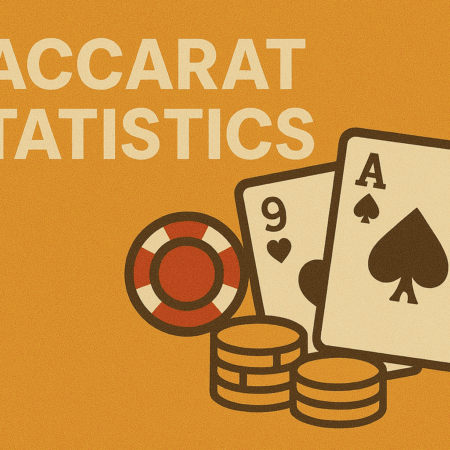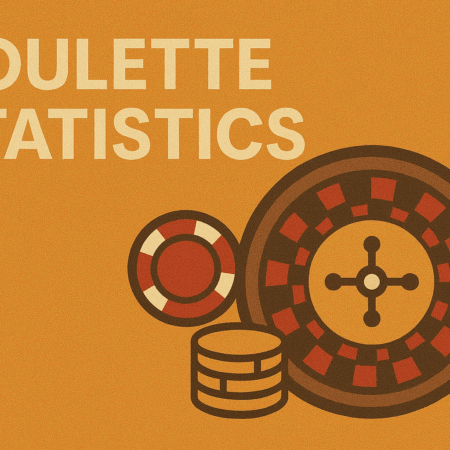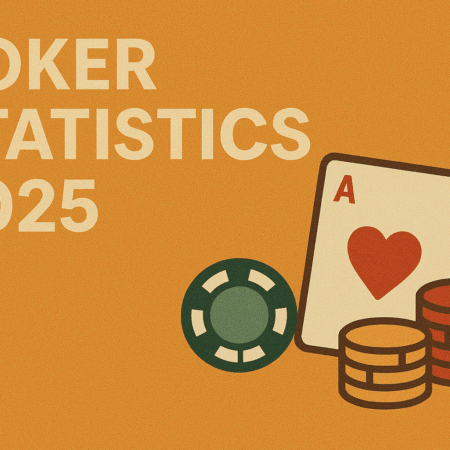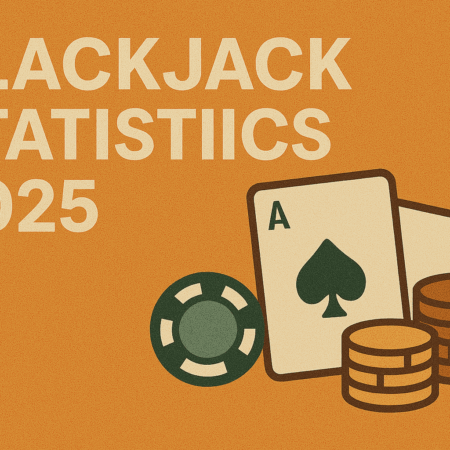Decentralized Finance, or DeFi, has reshaped how people interact with money, investing, and financial services. Instead of relying on traditional banks or centralized brokers, DeFi empowers individuals to borrow, lend, trade, and earn interest directly through smart contracts on blockchain networks. In 2025, DeFi is no longer just an experiment—it’s a maturing financial ecosystem with billions in value locked and new innovations pushing boundaries every month.
This guide breaks down what DeFi is, how it works, and what you need to know to engage with it safely and effectively in 2025.
What Is DeFi?
DeFi refers to a financial system built on public blockchains like Ethereum, Solana, and Avalanche. It replaces centralized intermediaries—banks, brokers, exchanges—with smart contracts, which are self-executing pieces of code that run exactly as programmed.
Key characteristics of DeFi include:
- Permissionless access – Anyone with a crypto wallet and internet connection can use DeFi apps.
- Non-custodial control – You retain control of your assets; no bank or app holds them on your behalf.
- Transparency – Transactions and code are open to public audit.
Why DeFi Matters in 2025
The DeFi sector has rebounded strongly after the 2022–2023 bear market, fueled by:
- Layer 2 scalability (e.g., Arbitrum, Base, and Optimism)
- Real-world asset tokenization (RWAs)
- Regulated DeFi hybrids, blending compliance with open protocols
- Institutional DeFi adoption by fintechs and hedge funds
As of Q2 2025, DeFi’s total value locked (TVL) has crossed $110 billion, according to DefiLlama, with Ethereum still leading but chains like Solana and Base gaining momentum.
Core Components of the DeFi Ecosystem
1. Decentralized Exchanges (DEXs)
DEXs like Uniswap, Curve, and Jupiter enable token swaps without a centralized party. They use automated market makers (AMMs) and liquidity pools instead of traditional order books.
Example: You can swap USDC for ETH directly via a DEX, with pricing determined by the liquidity pool.
2. Lending & Borrowing Protocols
Platforms such as Aave, Compound, and Spark Protocol allow users to lend crypto and earn interest—or borrow against their holdings by overcollateralizing.
Example: Deposit ETH into Aave and borrow stablecoins to use elsewhere while retaining exposure to ETH’s price.
3. Stablecoins
Stablecoins like USDC, DAI, and USDT form the backbone of DeFi by offering price stability in volatile markets. Algorithmic stablecoins have mostly faded after 2022, with fully collateralized models gaining trust.
4. Yield Aggregators
Services like Yearn Finance and Beefy optimize yield across DeFi protocols by automatically reallocating funds based on APYs.
These protocols bundle strategies, making it easier for users to maximize passive income.
5. Derivatives and Synthetics
Platforms such as Synthetix, GMX, and dYdX allow users to trade synthetic assets, perpetual futures, and options in a decentralized manner—many now offering lower fees and deep liquidity via Layer 2s.
Risks & Challenges in DeFi
While DeFi unlocks powerful new tools, it’s not without risks:
- Smart contract bugs – Faulty code can be exploited, leading to loss of funds.
- Impermanent loss – Liquidity providers may lose value relative to holding assets.
- Oracle manipulation – Pricing oracles can be spoofed in thin markets.
- Rug pulls & scams – Anonymous developers may abandon or exploit projects.
- Regulatory uncertainty – Jurisdictions vary in their stance on DeFi usage.
Tip: Only use audited protocols and never invest more than you can afford to lose.
How to Get Started with DeFi in 2025
Step 1: Get a Wallet
Download a non-custodial wallet like MetaMask, Rabby, or Phantom (for Solana). Secure your seed phrase offline.
Step 2: Fund Your Wallet
Buy crypto (like ETH, SOL, or USDC) on a centralized exchange (Coinbase, Kraken) and transfer it to your wallet.
Step 3: Choose a Blockchain
Most DeFi apps live on Ethereum Layer 2s (Arbitrum, Base) or Solana for lower fees.
Step 4: Start Small
Begin with DEX swaps or try lending a stablecoin. Use tools like Zapper, DeFi Saver, or LlamaFi to manage positions.
Step 5: Track & Learn
Use dashboards like DefiLlama, DeBank, and Dune to monitor protocol health and performance.
The Future of DeFi: Trends to Watch
1. DePIN (Decentralized Physical Infrastructure Networks)
Projects like Helium and Filecoin bring real-world services (internet, storage) to crypto in a decentralized way—DeFi tools are increasingly integrating these.
2. Real-World Assets (RWAs)
Protocols like Goldfinch and Maple Finance tokenize private credit, real estate, or Treasuries for on-chain yield.
3. Account Abstraction & Smart Wallets
More intuitive wallets using passkeys and session keys are helping DeFi go mainstream by reducing the complexity of self-custody.
4. RegFi / Compliant DeFi
Expect tighter integrations with KYC and regulated entities offering “permissioned” pools—especially in Europe and Asia.
5. AI-Powered Yield Strategies
AI-driven asset allocation and prediction engines are helping users automate their DeFi investments.
FAQ: DeFi in 2025
What is DeFi in simple terms?
DeFi is short for “Decentralized Finance”—a way to use financial services like lending, borrowing, and trading without banks or middlemen, all powered by blockchain.
Is DeFi safe in 2025?
While much safer than in 2020–2021, DeFi still has risks. Only use audited protocols, don’t chase high APYs blindly, and stay updated on smart contract and oracle risks.
Can I earn passive income with DeFi?
Yes. You can lend your assets, provide liquidity, or stake tokens to earn rewards. But all passive strategies come with trade-offs (e.g., impermanent loss or protocol risk).
Do I need to pay taxes on DeFi earnings?
In many countries, yes. Lending rewards, staking income, and token swaps may be considered taxable events. Track everything using tools like Koinly or CoinTracker.
What’s the best blockchain for DeFi in 2025?
Ethereum Layer 2s (like Arbitrum or Base) dominate in terms of security and app volume. Solana is popular for speed and user experience. Choose based on fees, app choice, and personal preferences.
Is DeFi legal?
DeFi itself is not illegal in most jurisdictions, but using it in certain ways (like money laundering or unregistered securities) may be. Regulatory clarity is improving, especially in the U.S., EU, and Asia.
Final Thoughts
DeFi is more than just a buzzword—it’s an evolving ecosystem that opens access to financial tools previously reserved for institutions or the wealthy. In 2025, DeFi is becoming safer, more scalable, and increasingly aligned with real-world applications. Whether you’re a crypto beginner or a seasoned investor, understanding DeFi is essential to navigating the new financial frontier.
Stay curious, stay cautious, and start small.

 Canada
Canada Deutsch
Deutsch Español
Español Português
Português



